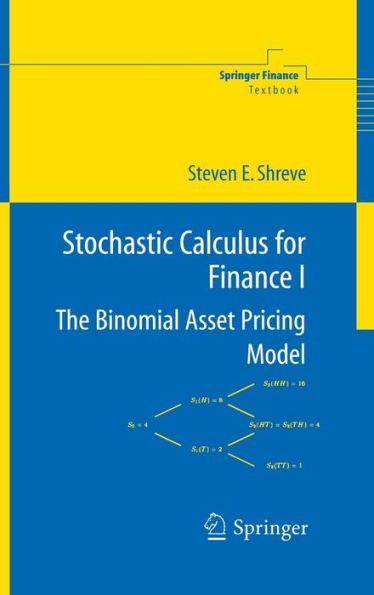This book is being published in two volumes. The first volume presents the binomial asset-pricing model primarily as a vehicle for introducing in the simple setting the concepts needed for the continuous-time theory in the second volume.
Chapter summaries and detailed illustrations are included. Classroom tested exercises conclude every chapter. Some of these extend the theory and others are drawn from practical problems in quantitative finance.
Advanced undergraduates and Masters level students in mathematical finance and financial engineering will find this book useful.
Steven E. Shreve is Co-Founder of the Carnegie Mellon MS Program in Computational Finance and winner of the Carnegie Mellon Doherty Prize for sustained contributions to education.
This book is being published in two volumes. The first volume presents the binomial asset-pricing model primarily as a vehicle for introducing in the simple setting the concepts needed for the continuous-time theory in the second volume.
Chapter summaries and detailed illustrations are included. Classroom tested exercises conclude every chapter. Some of these extend the theory and others are drawn from practical problems in quantitative finance.
Advanced undergraduates and Masters level students in mathematical finance and financial engineering will find this book useful.
Steven E. Shreve is Co-Founder of the Carnegie Mellon MS Program in Computational Finance and winner of the Carnegie Mellon Doherty Prize for sustained contributions to education.

Stochastic Calculus for Finance I
187
Stochastic Calculus for Finance I
187Hardcover(2004)

Product Details
| ISBN-13: | 9780387401003 |
|---|---|
| Publisher: | Springer New York |
| Publication date: | 04/21/2004 |
| Series: | Springer Finance |
| Edition description: | 2004 |
| Pages: | 187 |
| Product dimensions: | 6.10(w) x 9.25(h) x 0.02(d) |
